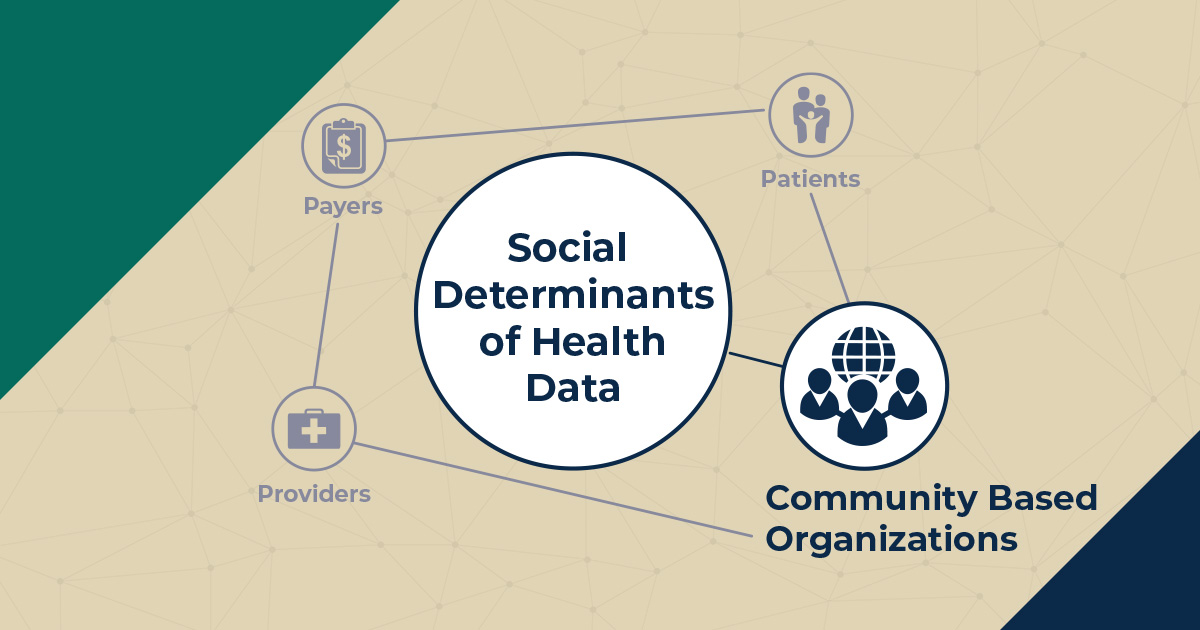Using Data for Quality Improvement: A Case Study from St. Joseph’s Hospital Health System
Download
Associated Project
Accountable Health Communities: Identifying and Addressing Social Determinants of Health
Prepared for:
U.S. Department of Health and Human Services
U.S. Department of Health and Human Services, Centers for Medicare & Medicaid Services
U.S. Department of Health and Human Services, Center for Medicare & Medicaid Innovation
Key Findings
- Focusing on a few simple metrics and providing strategic comparisons can support quality improvement efforts. St. Joseph’s focused on measuring how their quality improvement efforts impacted the percent of eligible beneficiaries who were offered HRSN screening, and who completed HRSN screening. They compared these metrics across sites initially, and later against a universal benchmark.
- Coupling quantitative data with on-site observation and discussion can help to better understand opportunities for improvement. St. Joseph’s found that, in addition to monitoring and sharing data on HRSN screening, it was critical to observe workflows and talk with frontline staff. This helped to understand challenges with screening and how best to address them.
This case study describes how St. Joseph’s Hospital Health System (St. Joseph’s), an Accountable Health Communities (AHC) Model awardee, uses health-related social needs (HRSN) screening data to monitor performance and drive quality improvement efforts. St. Joseph’s began implementing the AHC Model in 2018 and serves as a “hub” for 19 sites that conduct HRSN screening. Staff at the sites initially struggled with the added responsibilities of the AHC Model. To address this and inform quality improvement efforts, St. Joseph’s used data monitoring reports that tracked the number of beneficiaries who entered a site, were offered an HRSN screening, and completed the screening. St. Joseph’s engaged staff in quality improvement efforts such as identifying and addressing missed opportunities to screen patients and sharing effective screening strategies from high-performing sites, and monitored the impact of these efforts. These data-driven quality improvement activities ultimately resulted in an increase in the average number of completed screenings across sites.
How do you apply evidence?
Take our quick four-question survey to help us curate evidence and insights that serve you.
Take our survey
